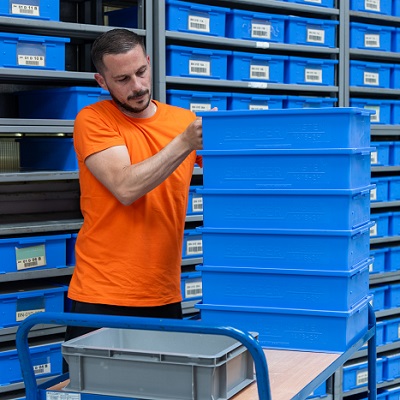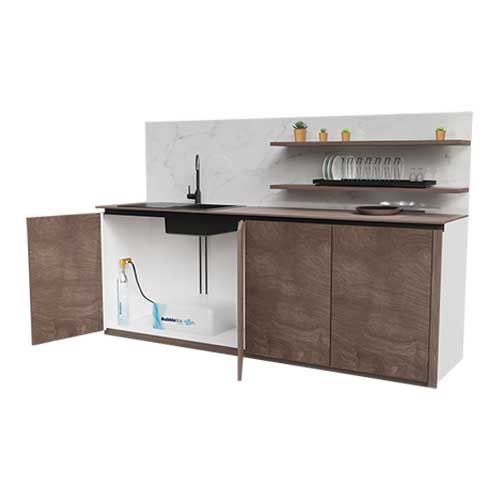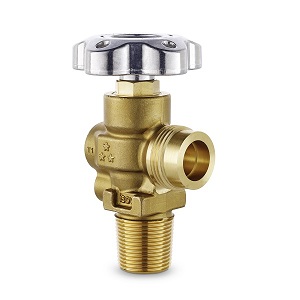Why Include Automatic Fire Suppression in Electrical Cabinet Design?

Software-aided design can assure hi gh functional density in a compact space. Still, every decision you make must be carefully planned with the entire design in mind. This allows you to save space and reduce wiring overhead – and simplify theentire process.
I believe it is also important for electrical cabinet design engineers to include automatic fire suppression in their planning from the very beginning of every project. Electrical cabinets are enclosed and not accessible by traditional fire suppression systems. Fires can often go undetected for quite a while, doing serious damage to electrical components and putting the entire business operation at risk.
An electrical cabinet fire can have a major impact on business continuity since it impacts the electricity distribution to mission critical zones. When it comes to fire, statistics are clear: 13% of fires in non-home structures are due to electrical distribution and components, according to the estimation of NFPA from 2007 to 2011. Among all fire occurrences, these electrical fires accounted for 21% of associated direct property damage (see NFPA's "Electrical Fires" Report – from 2007 to 2011 – April 2013).
With such high stakes, it makes sense to design automatic fire suppression into an electrical cabinet – especially since it has no effect on your functional design or space requirements.
Rotarex FireDETEC systems use a continuous linear thermal sensor tube that reliably detects a fire in electrical circuitry and actuates the release of the extinguishing agent. No electricity is needed. It is more flexible, space efficient and cost effective versus alternative mechanical or electronic systems. Indeed, its revolutionary pneumatic design protects high-risk areas like electrical cabinets that previously were not practical to protect.
Because the sensor tubing is flexible, it can easily be installed inside electrical enclosures – directly among circuitry. This installation enables early fire detection and the fire is quickly suppressed. Damage is minimal, clean up is easy and, best of all, downtime is virtually eliminated.
Fire protection can make a difference for your customers, so I suggest you include it in your electrical cabinet designs from the beginning.








